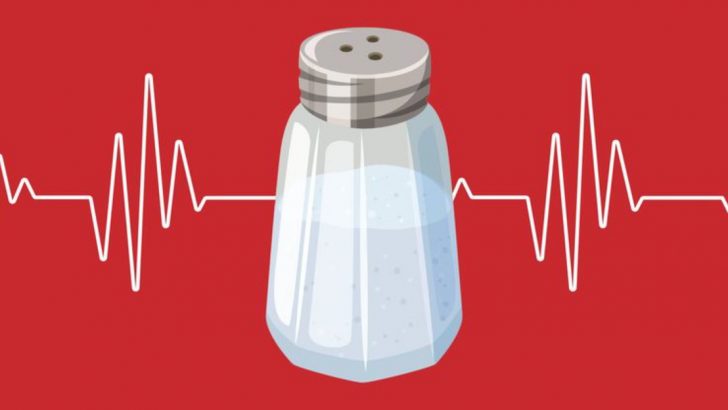You thought you were doing everything right. Salads overflowing with leafy greens, homemade soups from scratch, a commitment to “natural” eating…
But what if some of those seemingly healthy choices are secretly sabotaging your blood pressure? Experts are sounding the alarm, revealing natural foods that could be contributing to hypertension.
Prepare to rethink your grocery list!
1. Salt-Packed Olives
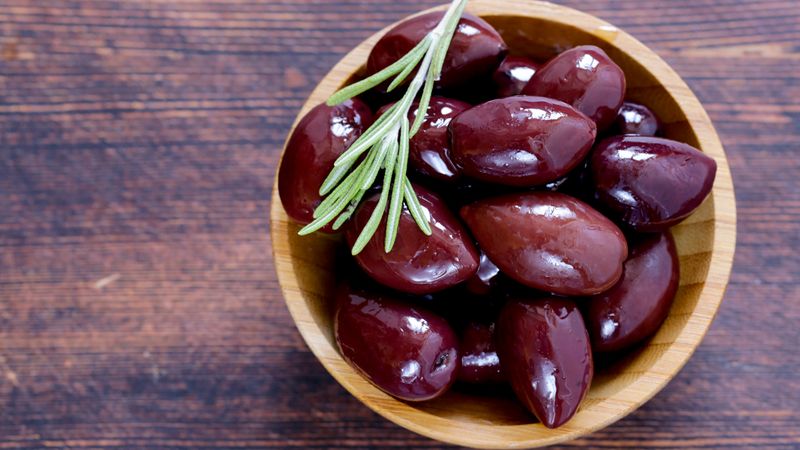
Mediterranean favorites pack a sodium punch that can send blood pressure soaring. A single serving contains nearly 20% of your daily sodium limit.
Many people snack on olives without realizing they’re essentially salt bombs. Rinse them thoroughly before eating.
2. Pickled Vegetables
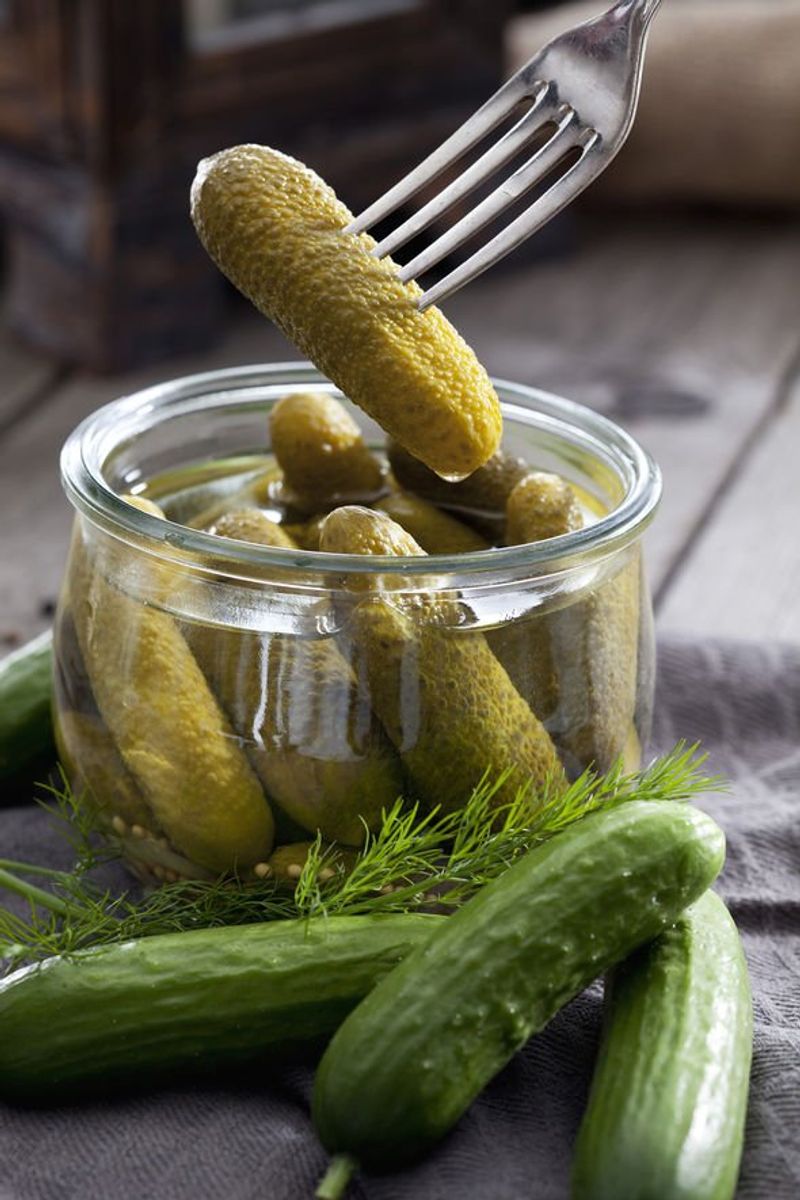
Grandma’s homemade pickles might taste amazing, but they’re soaked in a salt brine that spells trouble. The pickling process requires heavy salt use to preserve the vegetables.
Even the vinegar in pickled foods can potentially affect blood pressure in sensitive individuals. One pickle spear can contain up to 300mg of sodium!
3. Canned Tomato Products
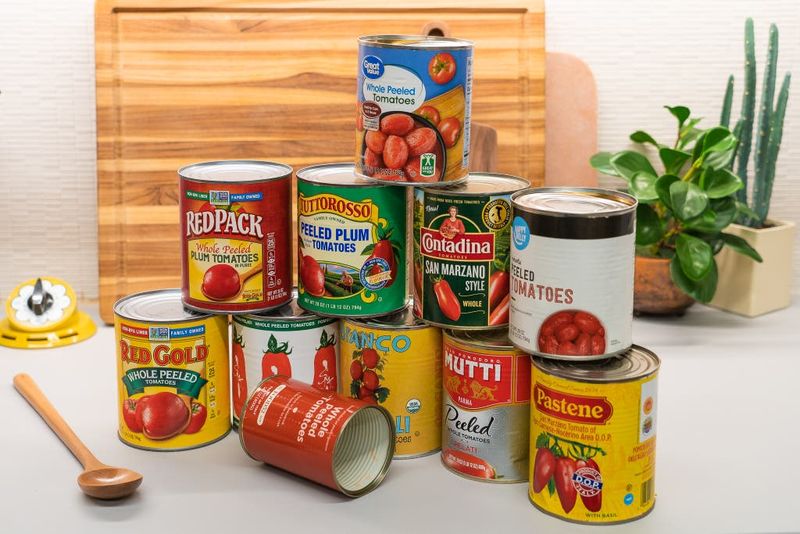
Tomato sauce, paste, and canned tomatoes often contain surprising amounts of added salt as a preservative and flavor enhancer. Just half a cup of tomato sauce can contain over 500mg of sodium.
Look for low-sodium versions or make your own from fresh tomatoes. Your heart will thank you!
4. Table Salt
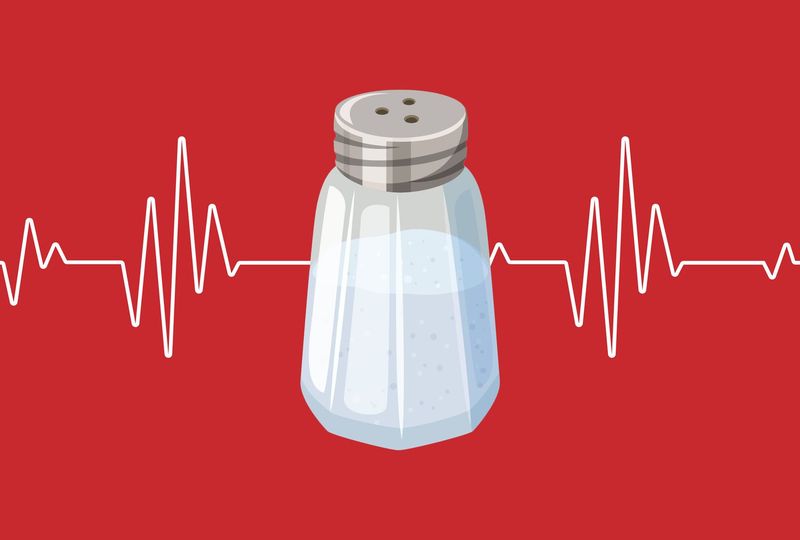
Seems obvious, but many don’t realize how quickly salt adds up. Just one teaspoon contains about 2,300mg of sodium—your entire daily recommended limit!
Our taste buds adapt to lower salt levels within weeks. Try herbs, spices, citrus, or vinegar instead to add flavor without the blood pressure spike.
5. Soy Sauce

This Asian cooking staple packs a massive sodium wallop. Just one tablespoon contains around 900mg of sodium—nearly half your daily limit in a tiny amount!
Low-sodium versions exist but still contain significant sodium. Consider coconut aminos as a lower-sodium alternative with a similar umami flavor profile.
6. Cottage Cheese
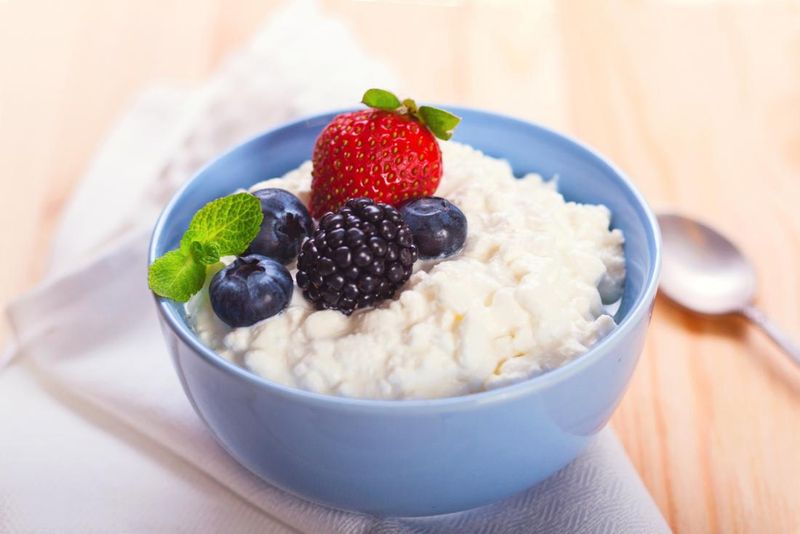
Surprisingly high in sodium, this seemingly healthy dairy option can contain up to 400mg per half-cup serving. The salt is added during production to extend shelf life and enhance flavor.
Low-sodium versions are available. Adding fresh fruit can help balance the saltiness while providing potassium, which helps counter sodium’s effects.
7. Shellfish
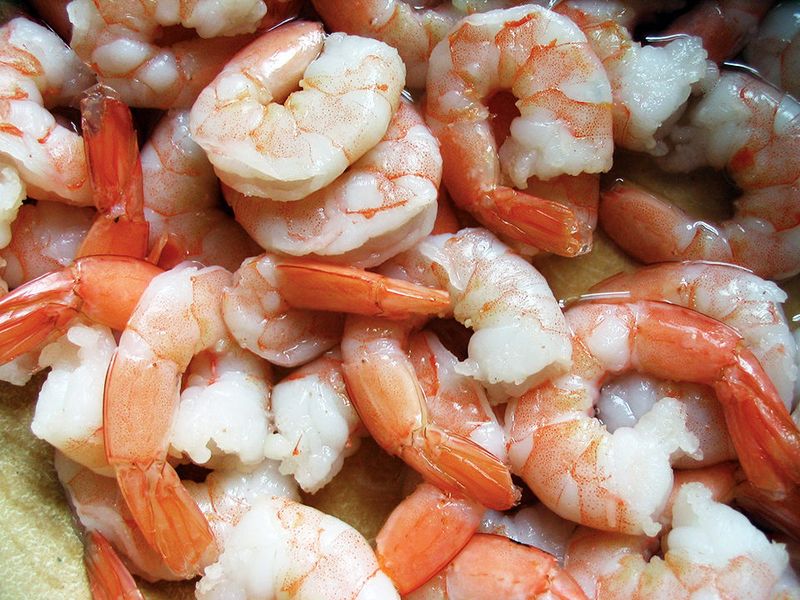
Naturally high in sodium, shellfish like shrimp contain about 100-150mg per 3-ounce serving even before cooking or seasoning. Crab and lobster have similar levels.
When prepared with butter and additional salt, the sodium content skyrockets. Consider steaming with herbs and lemon instead of salt-heavy seasonings.
8. Cheese
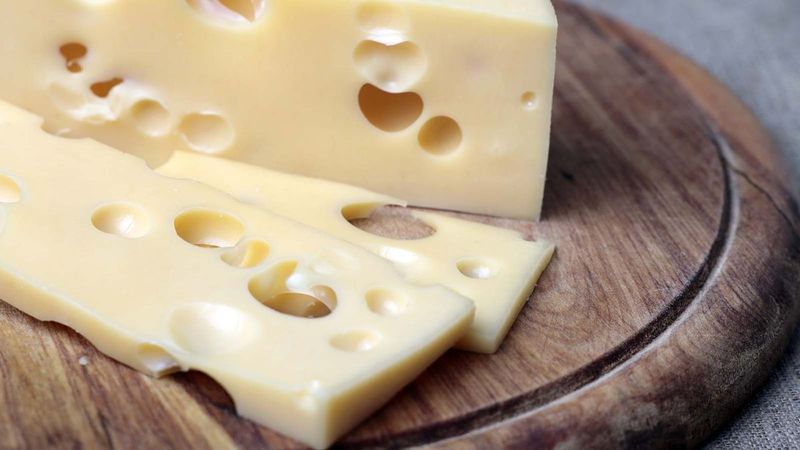
Hard cheeses like parmesan can contain up to 500mg of sodium per ounce. The salt is essential for flavor and preservation during the aging process.
Swiss and fresh mozzarella tend to be lower in sodium. Grating harder cheeses finely helps you use less while still getting full flavor.
9. Beets
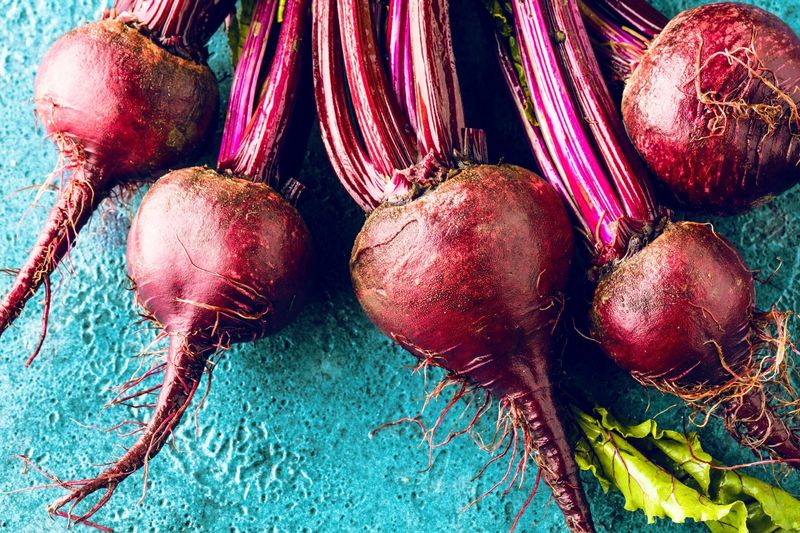
Surprisingly, these root vegetables can temporarily raise blood pressure in some people. Their high sugar content may cause quick blood sugar spikes that affect blood pressure.
Portion control matters with beets. Roasting or steaming them without added salt makes them a healthier option despite their natural sugar content.
10. Licorice Root

Real licorice contains glycyrrhizin, a compound that can raise blood pressure significantly. It reduces potassium levels and causes sodium retention in the body.
Many modern licorice candies use anise for flavor instead of real licorice. Check ingredients carefully if you have hypertension or are taking blood pressure medications.
11. Dried Fruits
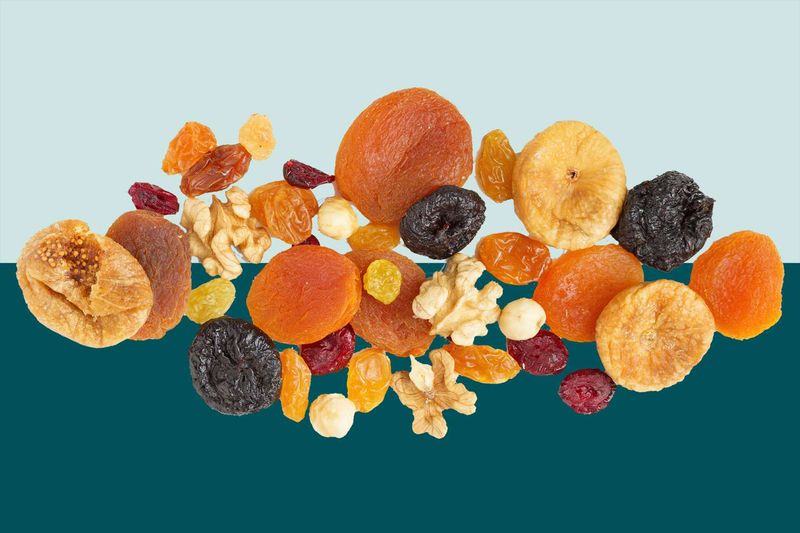
Concentrated sugars in dried fruits can spike blood sugar levels, potentially affecting blood pressure. A small handful of raisins contains about 25g of sugar!
The dehydration process removes water but concentrates calories and sugar. Fresh fruit is generally a better choice for those monitoring their blood pressure.
12. Sun-Dried Tomatoes
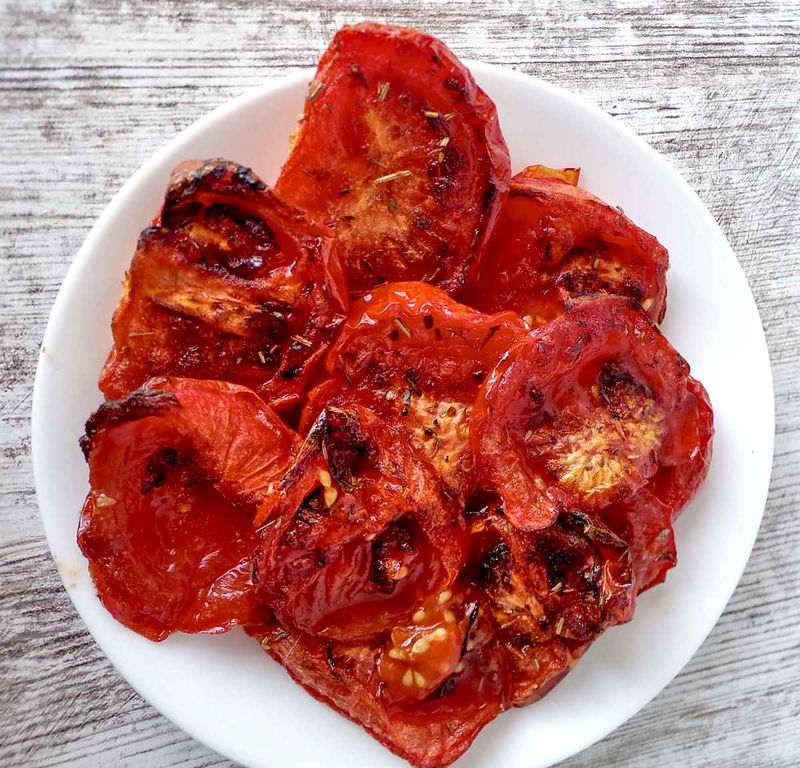
Sun-dried tomatoes, with their concentrated flavors, pack more than a taste punch. The drying process intensifies their natural sugars and sodium, making them a surprising contributor to high blood pressure.
These tangy morsels, often added to salads and pastas for their robust flavor, can inadvertently elevate sodium intake.
13. Natural Licorice Candy
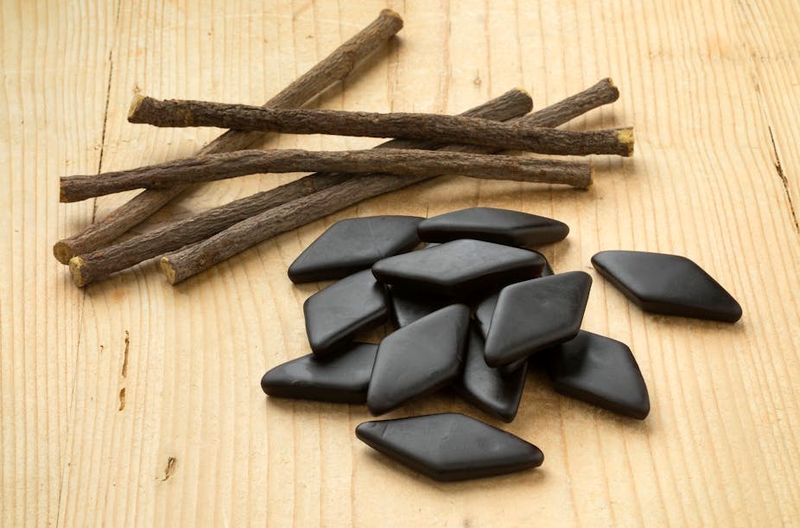
Unlike artificial licorice flavored with anise, real licorice candy contains glycyrrhizic acid that raises blood pressure. Just 2 ounces daily for two weeks can cause significant increases.
Many people don’t realize they’re consuming actual licorice root in these candies. Check ingredient labels for “licorice extract” or “licorice root.”
14. Kimchi
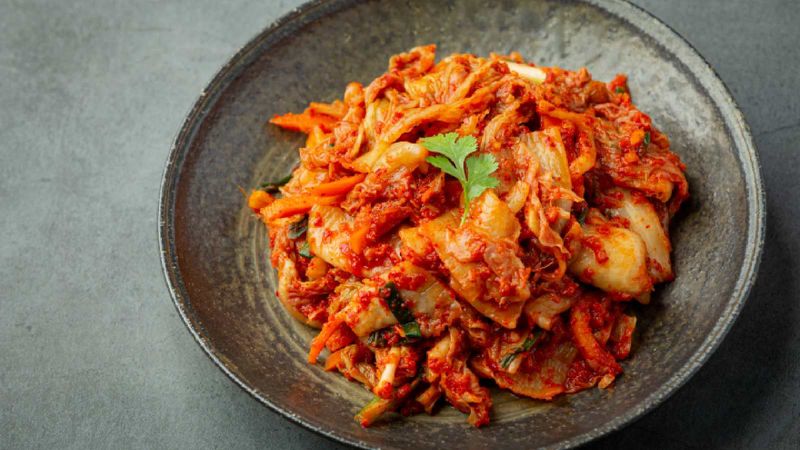
This fermented Korean staple offers probiotics but comes with high sodium levels from the brining process. A half-cup serving can contain up to 500mg of sodium.
The fermentation creates beneficial bacteria that may offer health benefits. However, those with hypertension should enjoy it sparingly or make low-sodium versions at home.
15. Alcohol
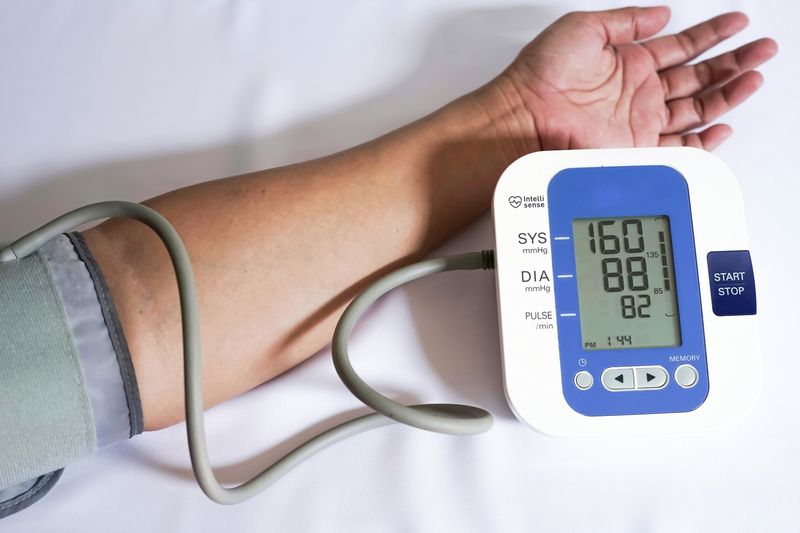
Even natural alcoholic beverages like wine can raise blood pressure both immediately and long-term. Just one drink can cause a temporary spike in pressure.
Regular consumption of more than one drink daily can lead to sustained hypertension. Red wine contains resveratrol but still raises blood pressure when consumed in excess.
16. Processed Meats
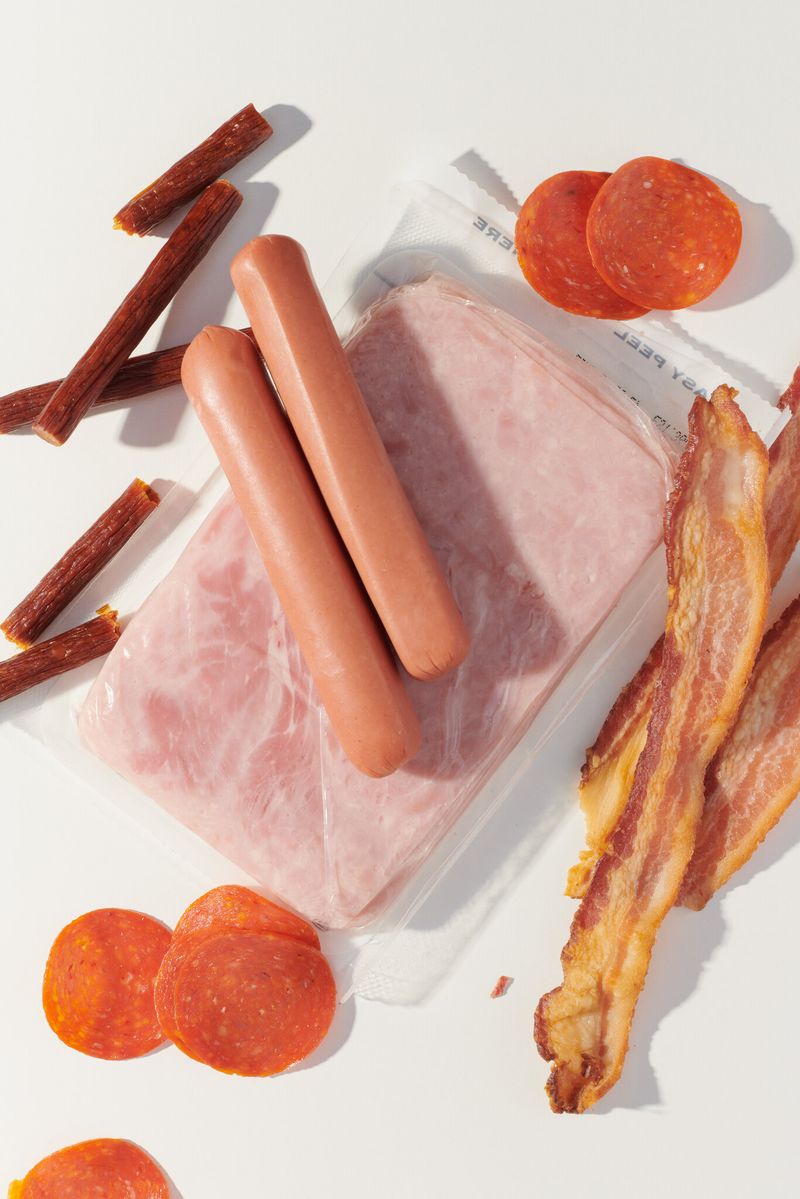
Even “natural” or “organic” processed meats contain alarming sodium levels. A single slice of deli turkey can pack 250mg of sodium or more.
Nitrates and nitrites used in preservation may also affect blood vessels. Fresh, unprocessed meats are always a better choice for those with hypertension concerns.
17. Sauerkraut
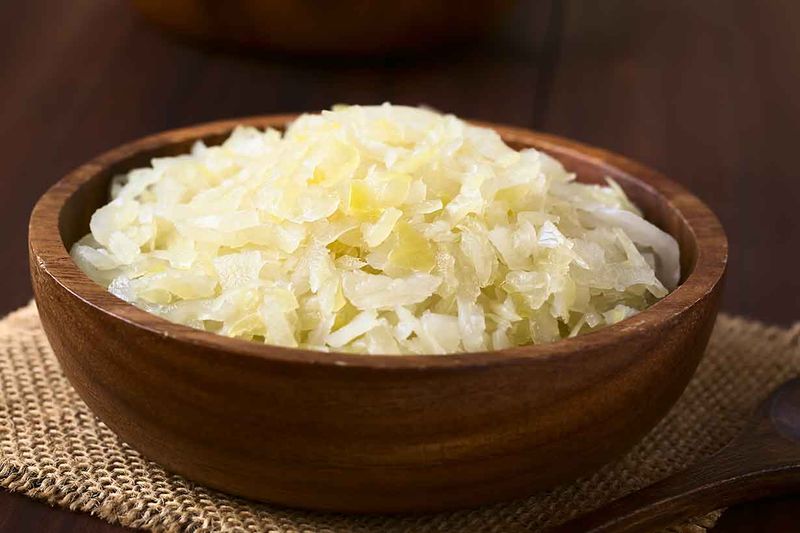
Sauerkraut, renowned for its probiotic benefits, also harbors a high sodium content due to its fermentation process. This tangy condiment, while beneficial for gut health, can contribute to elevated blood pressure.
The fermentation process that creates sauerkraut’s distinct flavor also leads to significant sodium levels. Regular consumption can subtly increase hypertension risk.
18. Aged Meat
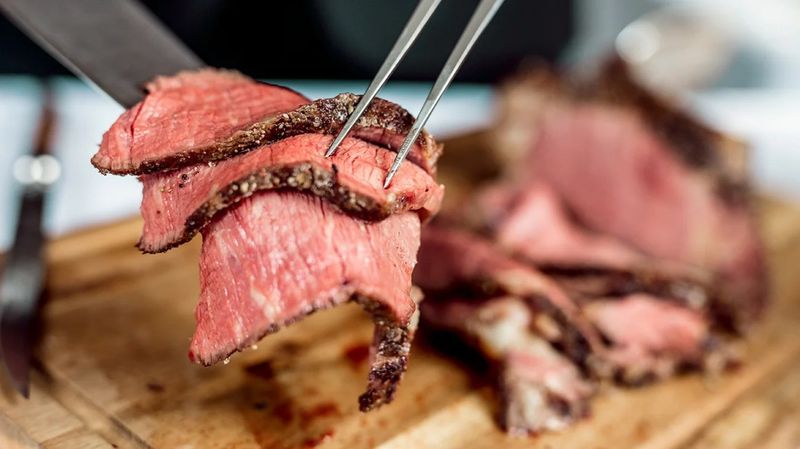
Aged meat, celebrated for its rich flavor, surprisingly conceals a hidden risk. The aging process also increases sodium levels, making it a potential contributor to high blood pressure.
While savoring aged meats, one might overlook the sneaky sodium content embedded within the fibers.
19. Coconut Water
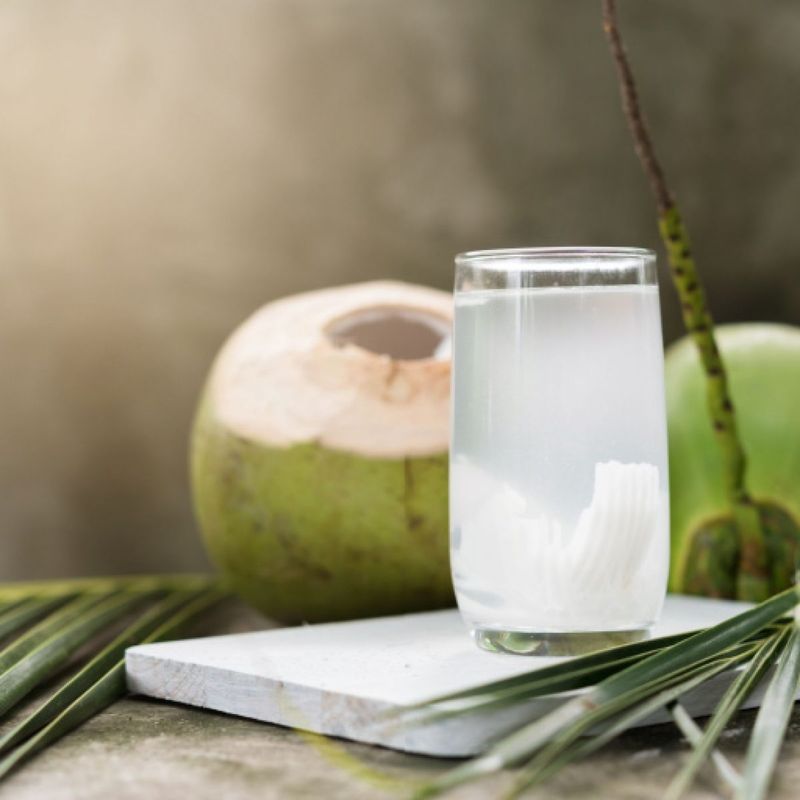
Touted as a natural hydrator, coconut water is a popular choice for health enthusiasts. However, it contains potassium, which, in large amounts, can affect blood pressure.
High potassium levels can be beneficial for some but detrimental for others.
.
20. Dark Chocolate
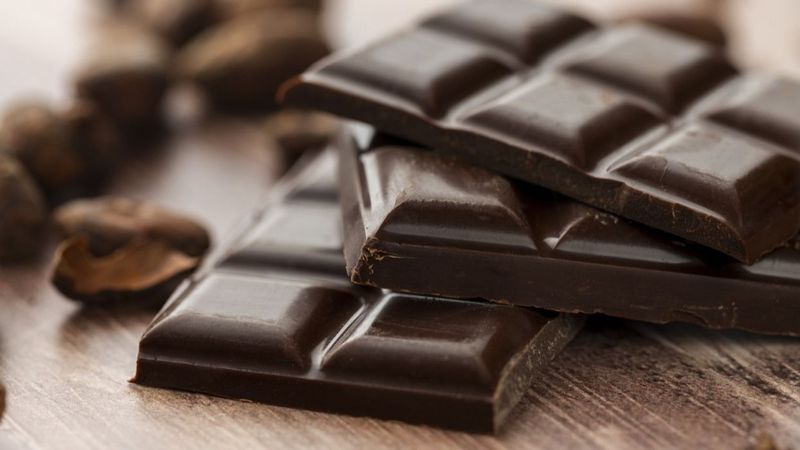
Dark chocolate, often praised for its antioxidant properties, can be a double-edged sword. The high cocoa content sometimes contains caffeine, contributing to elevated blood pressure in sensitive individuals.
While moderate consumption is linked to heart health benefits, overindulgence can lead to an unwelcome rise in blood pressure.

